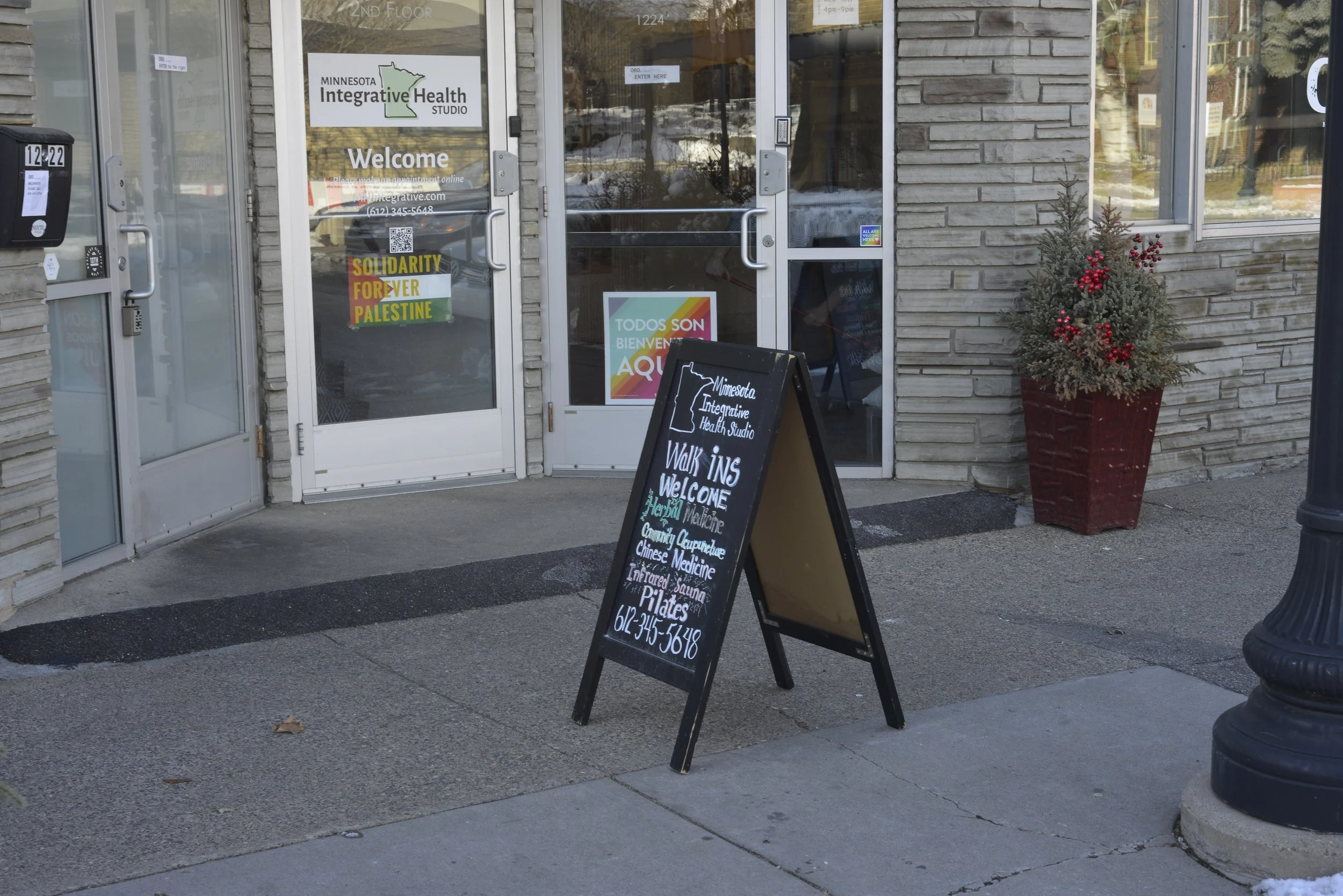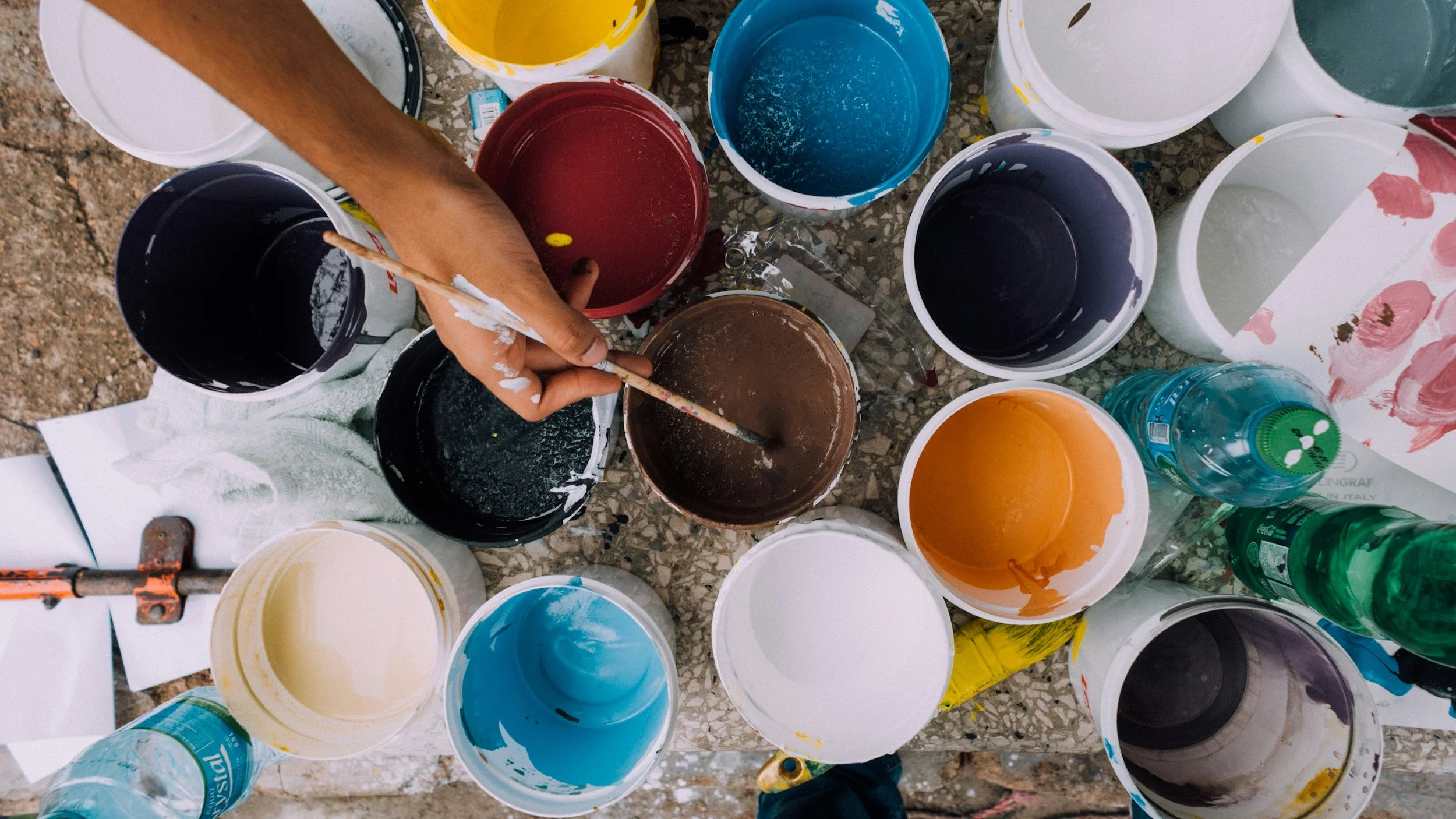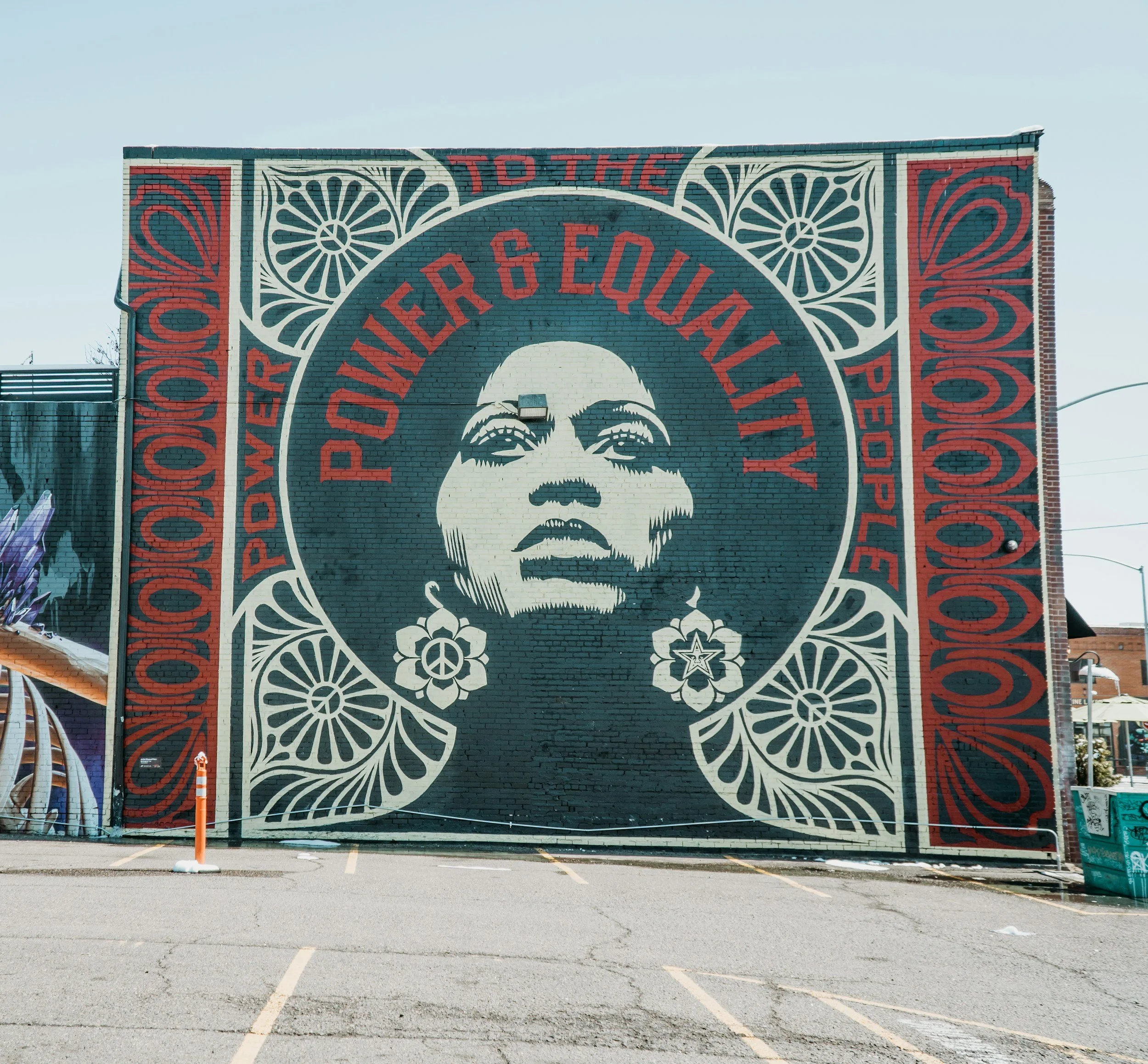Art as Healing, Healing Arts
Reiki, Energy Work, & Coaching
Every May, our neighborhood hosts the largest open studio art event in the nation. For the third year in a row, MN Integrative Health Studio is celebrating Art-A-Whirl by offering special sessions throughout the weekend. (Find out more on our online booking site.)
This year, we are expanding our Art-A-Whirl offerings to include a special outdoor performance on Saturday 5/17 from 3-5pm. We are elated to be hosting Yalla Drum Ensemble, a program of New Arab American Theater Works. Yalla Drum teaches the local community to play traditional Arabic percussion instruments that have existed for many centuries in Southwest Asia and North Africa, played by Muslims, Christians, Copts, Druze, Jews, and Turks. The group performs and plays in an ensemble environment, allowing the Twin Cities community larger to interact with these rich traditions. Check out the exquisite Yalla Drum sound and learn more here, and join us Saturday 5/17 3-5pm to celebrate!
What does MN Integrative Health Studio have to do with Art-A-Whirl? Isn’t Art-A-Whirl for…art?
As a community health studio located in the heart of the Northeast Minneapolis Arts District, we are proud to celebrate the decades-long tradition of Art-A-Whirl with our neighbors every year. At MIHS, our staff and practitioners approach integrative health as both art and science. And beyond the healing arts we provide, many of us practice music, writing and poetry, jewelry making, quilting, gardening, painting, and more. We love displaying the works of local artists and makers in our retail space, and we are privileged to serve so many of the artistic, creative, and craftmaking members of our community.
You see, while outdated Western capitalist notions conceive of art and health care as worlds apart, we at “the Studio” understand this to be a false distinction. For most of human history, the arts and healing have been intimately interconnected.
Ancient Roots: Art and Healing
The relationship between art and healing certainly holds true in Traditional Chinese Medicine. As Masha Savitz notes in Canvas magazine, the Chinese character for “medicine” (藥 yào) stems from the character for “music” (樂, yuè). This common root reflects the ancient use of music to heal illness in China, predating even the use of herbal medicine. Savitz shares that certain notes were established as corresponding to specific organs of the body, “so music in ancient China was not meant for entertainment alone, but for aligning the body’s energy system with the harmony of sounds and therefore instruments were made for wellbeing.” The Chinese philosopher Confucius (551-479 BCE) also emphasized the importance of music in spiritual development, and is recorded as saying that "music is the harmony of heaven and earth."
The use of music and other artistic expressions for holistic healing in ancient China is consistent with ancient Greek, Egyptian, and Mesopotamian practices, as well as indigenous traditions across the globe and throughout history. According to the World Health Organization,
“artistic expression grew in lockstep with human cultural development and has long played an integral part in how we teach, learn, communicate and heal. Since our earliest ancestors began telling stories to make sense of the world, we have evolved to learn from narrative, be it through visual media, song or performance.”
Science Comes Full Circle: What Research Shows
The same dominant Western colonial scientific worldview that compartmentalized art from medicine for centuries (often through violence and oppression) is coming full circle in recent years to acknowledge the connection. This evolution is reflected in the emergence of art and music therapies, inclusion of the arts in hospitals and other health care environments, and a growing body of research on the efficacy of arts in health promotion. The research shows what human cultures throughout time have always known: art is essential to human flourishing.
In a 2019 scoping research review of over 900 publications, the World Health Organization describes the benefits of the arts as four-dimensional:
-Psychological (e.g. enhanced self-efficacy, coping and emotional regulation)
-Physiological (e.g. lower stress hormone response, enhanced immune function and higher cardiovascular reactivity)
-Social (e.g. reduced loneliness and isolation, enhanced social support and improved social behaviours)
-Behavioural (e.g. increased exercise, adoption of healthier behaviours, skills development)
The WHO report itself is over 130 pages long, citing a mind-blowing array of ways the arts support health and wellbeing in a wide variety of global contexts and circumstances. A small sampling of specific cited benefits are listed below.
-Auditory stimulation can support pain management
-Music can restore emotional balance
-Music can calm neural activity in the brain, which may be associated with reduced anxiety and immune system effectiveness
-Music can decrease the production of stress hormones
- “Music can reduce the symptoms of PTSD in adults, via reductions in anxiety and depressive symptoms, increasing pleasure, increased emotion regulation, and enhanced building of communities and support networks”
-Viewing art is associated with greater sense of meaning
-Viewing art supports social wellbeing, belonging
-Viewing art is associated with heightened relaxation, calm, tranquility, and serenity
photo by Andrea Qoqong @filmmakerandrea6
-Drawing can reduce depressive symptoms, anxiety and PTSD symptoms
-Arts activities are associated with improvement in blood pressure and blood glucose levels
-“Creative arts activities have been found to decrease anxiety, depression, post-traumatic stress and peer problems”
Social and Community Wellbeing
Beyond individual health, art is also a way to celebrate community wellbeing, and to thrive during difficulty and tragedy. According to the WHO:
-The arts can help to reduce feelings of powerlessness, humiliation and anger and promote social inclusion, mental health, social acceptance and belonging
-Multicultural arts can support the preservation of personal identity, heritage and experience, which are all important factors within well-being
Amidst systemic violence, colonization, and global capitalism, arts continue to this day to represent and inspire the best of humanity. Speaking to the power of Yalla Drum, Sana Wazwaz of New Arab American Theater Works says,
“I feel like there’s so much focus and emphasis on the Middle East as a place of pain, and war, and tragedy, but what Yalla Drumming does so beautifully is it brings out the Middle Eastern joy, and it brings that to the community. We’ve performed at all sorts of spaces. We’ve been on the streets, we’ve been at arts organizations, conferences, and we’ve been sharing our craft, and it’s so beautiful to see people clap and dance along, and to really celebrate what it is about Middle Eastern culture that makes people laugh and smile…it brings me warmth that I never thought I could feel.”
We look forward to celebrating the health, vitality and joy in our communities at Art-A-Whirl and all month long. Come on by the Studio to say hello, and we hope to see you out on the streets on Saturday May 17!
Dictators and tyrants routinely begin their reigns and sustain their power with the deliberate and calculated destruction of art: the censorship and book-burning of unpoliced prose, the harassment and detention of painters, journalists, poets, playwrights, novelists, essayists….No! This is precisely the time when artists go to work. There is no time for despair, no place for self-pity, no need for silence, no room for fear. We speak, we write, we do language. That is how civilizations heal.
The struggle for justice is not only waged through laws, elections, or economic shifts. It is also waged through stories, symbols, sounds, and images. Art is not an accessory to resistance — it is often its spark and its soul.
As global movements continue to fight for climate justice, decolonization, workers’ rights, and freedom from authoritarianism, art will remain one of the most powerful tools we have. It speaks across borders, outlives repression, and imagines new worlds into being.
Artists are not on the sidelines of political change — they are right in the heart of it. And their work reminds us that resistance is not only about survival, but also about joy, imagination, and the collective creation of a better future.
Resources
California Learning Resource Network (2024) When did music therapy start? https://www.clrn.org/when-did-music-therapy-start/
Fancourt, D. & Finn, S. (2019) HEALTH EVIDENCE NETWORK SYNTHESIS REPORT 67 What is the evidence on the role of the arts in improving health and well-being? A scoping review https://iris.who.int/bitstream/handle/10665/329834/9789289054553-eng.pdf?sequence=3
Kirkendall, J. A. (2017) The Well-Ordered Heart: Confucius on Harmony, Music, and Ritual
Azusa Pacific University. https://s3.wp.wsu.edu/uploads/sites/998/2018/11/JensenKirkendall-TheWellOrderedHeart.pdf
Mayo Clinic (2023) The intersection of art and health: How art can help promote well-being https://mcpress.mayoclinic.org/living-well/the-intersection-of-art-and-health-how-art-can-help-promote-well-being/
Morrison, T. (2016 ) No place fore self-pity, no room for fear https://www.thenation.com/article/archive/no-place-self-pity-no-room-fear/
National Collaborating Centre for Aboriginal Health (2012). Art and wellness: the importance of arts for Aboriginal people’s health and healing. https://www.ccnsa-nccah.ca/docs/emerging/FS-ArtWellness-Muirhead-deLeeuw-EN.pdf
Progressive International (2025) Art as Resistance – How Creativity Fuels Global Struggles for Justice https://www.progressive-international.org/art-as-resistance-how-creativity-fuels-global-struggles-for-justice/
Regan, S. (2025) https://nemaa.org/in-the-news/art-a-whirl-a-brief-history-of-year-one/
Religious Crimes Code of 1883 bans Native dances, ceremonies. https://nativephilanthropy.candid.org/events/religious-crimes-code-of-1883-bans-native-dances-ceremonies/
Roy, D. R. (2018). Science Still Bears the Fingerprints of Colonialism. https://www.smithsonianmag.com/science-nature/science-bears-fingerprints-colonialism-180968709/
Savitz, M. (2020) The healing power of art from ancient times to now. Canvas: the online magazine for artists by New Masters Academy https://canvas.nma.art/2020/05/08/the-healing-power-of-art-from-ancient-times-to-now/
Smithsonian (2023). Good Medicine: Meda DeWitt on Tlingit Art, Healing, and Reclamation https://folklife.si.edu/magazine/good-medicine-meda-dewitt
Stuckey HL, Nobel J. The connection between art, healing, and public health: a review of current literature. Am J Public Health. 2010 Feb;100(2):254-63. doi: 10.2105/AJPH.2008.156497. Epub 2009 Dec 17. PMID: 20019311; PMCID: PMC2804629.
Trupp, M. D., Howlin, C., Fekete, A., Kutsche, J., Fingerhut, J., & Pelowski, M. (2025). The impact of viewing art on well-being—a systematic review of the evidence base and suggested mechanisms. The Journal of Positive Psychology, 1–25. https://doi.org/10.1080/17439760.2025.2481041 https://www.tandfonline.com/doi/full/10.1080/17439760.2025.2481041
World Health Organization Arts and health https://www.who.int/initiatives/arts-and-health









